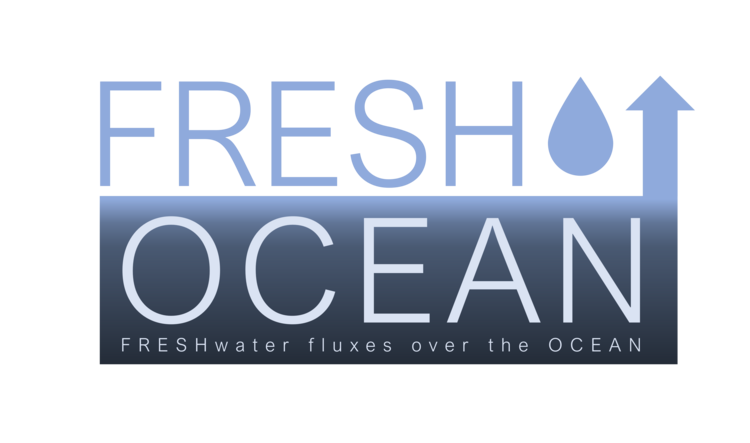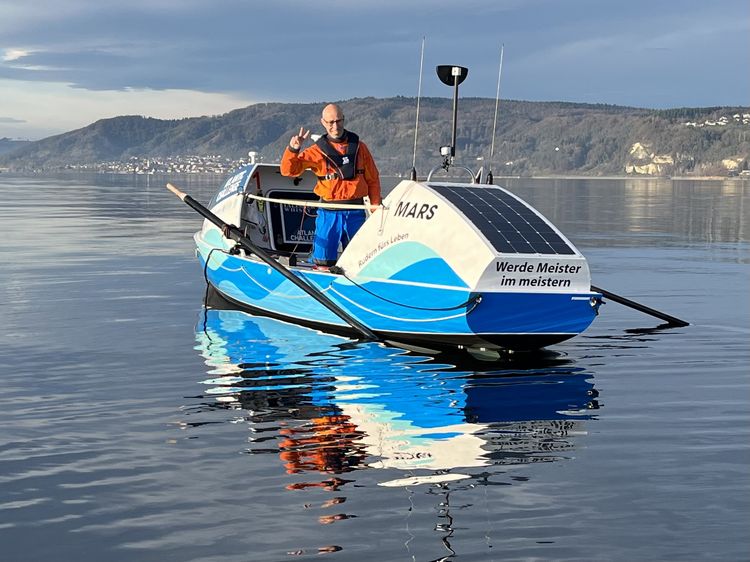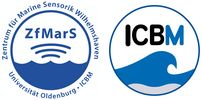
FreshOcean - Freshwater Fluxes over the Ocean I - Evaporative Fluxes
Duration: 3 years (May 2023 to April 2026)
Contact:
Prof. Dr. Oliver Wurl
Tel.: +49-4421 944-228
Fax: +49-4421 944-140
E-Mail: oliver.wurl@uol.de
Funded by the German Research Foundation


FreshOcean

Alterations in the global water cycle with climate change are one of the greatest challenges for the society as dry regions get drier and while wet regions become wetter. The problem is that 85% of evaporation and 77% of precipitation occurs over the oceans, and the global hydrological cycle is poorly understood due to observational challenges over the oceans. However, any exchange of freshwater between the ocean and atmosphere occurs at an upper thin sea surface layer, the so-called skin layer. Evaporation of water vapour from the skin layer increases its salinity, whereas precipitation (P) decreases the salinity in the skin layer. The main objective of the FreshOcean project is a comprehensive understanding of the dynamics and alterations in saline and related thermal fields in the oceanic skin and the near-surface layer (NSL), and their link to evaporative freshwater fluxes (E). One of the main points of this work is that E-P acts directly on the actual sea surface and therefore predominantly forces skin salinity quasi-instantaneously, whereas current approaches using salinity of the mixed layer relates to E-P on decadal scales. A comprehensive set of experiments will be conducted in a large-scale mesocosm facility at the University of Oldenburg (SURF), in which driving forces for evaporation can be controlled (water temperature, wind forces, turbulent mixing, air temperature and humidity). It also has a rain system to controll different artificial rain scenarios and thus offers the possibility to simulate both processes (E and P) of the freshwater cycle under controlled conditions. In addition, an expedition in the central Atlantic with its feature of high surface salinity, i.e. evaporation rates exceed precipitation rates, with the research catamaran HALOBATES the skin layer will be collected and analysed.
We have the opportunity to measure near-surface temperature and salinity with Martin Stengle, a participant of the Talisker Whisky Atlantic Challenge crossing the Atlantic Ocean with a rowing boat (https://martin-stengele.de/).
Overall, the work will complement ongoing activities in our group to investigate the link between skin salinity and precipitation. It is a first step to understand how the skin and near-surface salinity can be used to integrate dynamic E-P fluxes and to develop parameterizations to extrapolate E-P using satellite-based salinity data.
Project partners
Dr. Thomas Badewien (ICBM, University of Oldenburg)
Prof. Dr. Jan Haerter (Leibniz Centre for Tropical Marine Research, Constructor University Bremen)
Dr. Jürgen Sültenfuß (University of Bremen)

